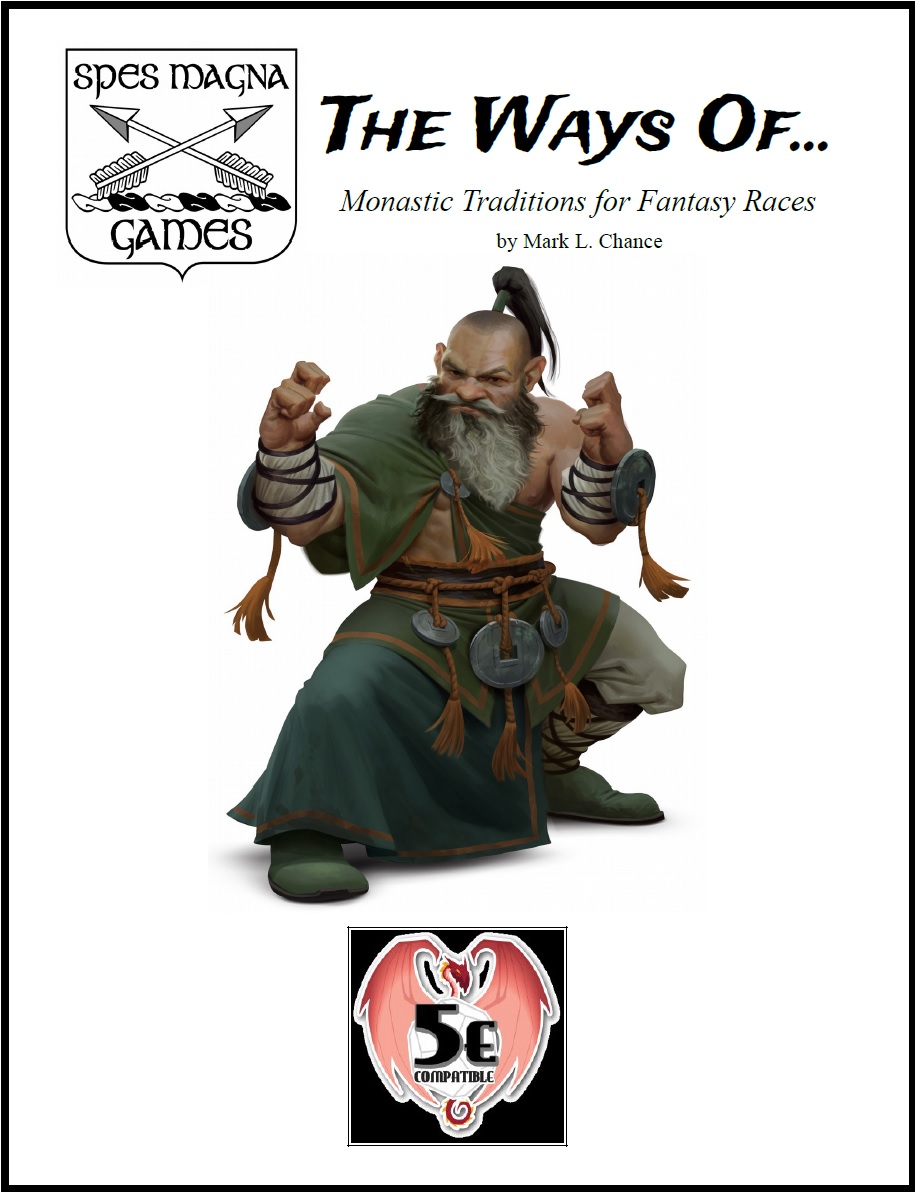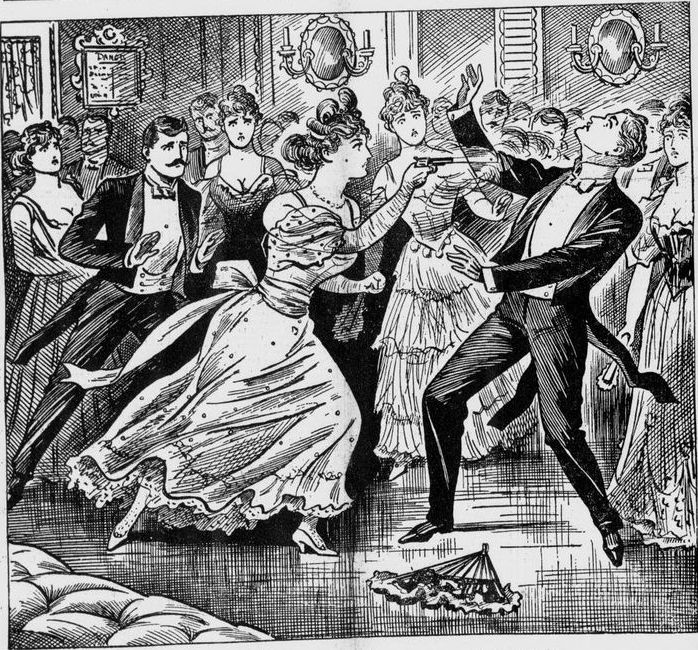Well, what an eventful month that seldom saw me leave the house or even move too far from the my official corner of the sofa.
It’s not that I’ve done nothing. I finished up the 2019-2020 school year, including about two months of “remote learning” with my 7th and 8th grade students. Providential was the year-plus that I was self-employed mostly as an on-line tutor. Many of the adjustments that might have otherwise made the transition from classroom to virtual classroom? I’d already done those for months prior to leaving self-employment to return to the classroom.
On the gaming front, little has changed in our schedule. We meet about once a week via remote conferencing. I’m still running my mash-up of d20 Modern, 3.0/3.5 D&D, and old school Chaosium Call of Cthulhu. Our Sunday 5E D&D game goes on. For that latter game, the GM uses Roll20 for displaying maps. For my former game that I’m running, we’re not even that high-tech. No virtual tabletop, no virtual dice, no programmed character sheets, et cetera. Just us sitting in front of computer cameras saying what happens and then rolling actual dice.
I’ve done a bit of reading, but nowhere near as much as I should considering how much time I’ve had on my hands. I did watch season one of Fargo. Good stuff. Started and stopped watching several movies, most of them horror or thrillers, and all of them not worth the time it’d take to finish them.
It’s not that I’ve done no reading. I’ve finished about half of three books. I also read through the SRD for The GUMSHOE System as well as skimmed a couple of the settings for that game. I’ve yet to play GUMSHOE. I like the theory behind it, but I’m not sure how much I’d like it in actual play. Of course, as I just said, I’ve not played it, so I’m probably wrong, and I would like it. That remains to be seen.
But about the theory of GUMSHOE. To quote the system’s site: “GUMSHOE is a system for designing and playing investigative roleplaying games and adventures, emulating stories where investigators uncover a series of clues, and interpret them to solve a mystery.” I like mystery stories. Lots of character interaction and intriguing clues punctuated by acts of violence. Good times. Unfortunately, most game systems don’t handle mystery well, which leads to many GMs also not handling mysteries well (myself included at times).
Two problems may pop up when running a mystery scenario using a traditional RPG, such as, say, 5E D&D:
- A single low die roll grinds the investigation to a screeching halt.
- A single character ability makes finding clues way too easy, as might be the case with certain divination spells.
I encountered the hazards of clue finding once at a gaming convention. We were playing Empire of the Petal Throne with an Important Gaming Person as the GM. Everyone was having a grand time as our characters set out to track down the bad guys to mete out some justice. About half way through the session, every player at the table blew a difficult but important check to find the hidden entrance into the bad guys’ lair. At the point in the convention event, the game just kind of trickled to a halt. The Important Gaming Person explained that that’s what happens some of the time, and implied that that’s part of the fun. He was half right but not about the fun.
The solutions? Well, in my experience, the most common are these:
- Ignore the die roll and/or modify the scenario on the fly.
- Figure out ways those pesky clue-finding abilities won’t work.
Neither of those solutions have much merit. If a write a scenario and then have to ignore die rolls and/or modify the scenario on the fly because of a bad die roll, I didn’t put enough thought into the design. Why did I have so much hinge on a single die roll? If failure was not really an option, why have the die roll to begin with? Why didn’t I already have other avenues of investigation built into the scenario?
“Solution” 2 is even worse. It’s just bad form to tell a player that his or her character’s abilities don’t work. It’d be like Sir Arthur Conan Doyle writing a story in which all of Sherlock’s amazing deductive powers failed at each important point in the story. That would ruin the story. The fun of Sherlock Holmes is not wondering if he’ll notice the clue. The fun is watching Holmes in action and then having him explain how what was elementary to him should have been elementary to anyone who was paying attention.
GUMSHOE gets around both of these problems by proposing two different solutions:
- A die roll is never needed to find an important clue.
- A character’s special clue-finding abilities always work when applied to the correct situation.
For example, persuasive skills exist as investigative skills in GUMSHOE. A character might have Charm or Bureaucracy, for example. Consider Charm, which says, “You’re good at making people want to help you, whether you utilize compliments, flattery, or flirting.”
A player running a charming investigator applies the Charm skill against an NPC, and the NPC will reveal at least one clue, assuming the NPC knows anything to begin with. No die roll is needed. It happens, and the interaction is roleplayed. This same concept applies to other investigative skills, such as those relating to specialized areas of knowledge and technical skills.
What’s more, as part of the character creation process, the players build their respective investigators so that at the characters as a group have skill in every one of the investigative skills, divided up between the different characters with some duplication highly probable. No more not being able to find a particular clue because no one in the party has Skill X.
There’s no good reason why this same concept can apply to pretty much any RPG. Consider again 5E D&D. The obvious investigative skills in that system are Arcana, Deception, History, Insight, Intimidation, Investigation (duh), Nature, Perception, Persuasion, and Religion. That’s ten skills. When putting together the adventuring party, the players and the GM should work together to ensure that each of these skills is known by at least one PC. This probably requires tweaking starting skills a bit, but so what? It’s not going to unbalance the game if a fighter starts with three skills instead of two.
During the mystery scenario in which these D&D character find themselves embroiled, no player ever rolls a die to get information using one of these skills. The player describes the skill in action, and the GM describes what happens. If the situation is one in which that particular skill can reveal useful information, then useful information is revealed.
GUMSHOE does have built into a limit to how often investigative skills reveal useful information. Each skill has a pool of points of sorts. When a character is out of points, that character can still use the skill, but it doesn’t work automatically. In 5E D&D, this same limit can be implemented as X number of uses per long rest, for example. My first thought is to link the number of automatic successes with investigative skills to the character’s proficiency bonus. Thus, a 1st-level detective fighter would get three automatic investigative skill successes per long rest.
Tags: game play, GUMSHOE




